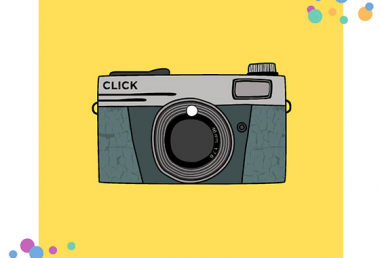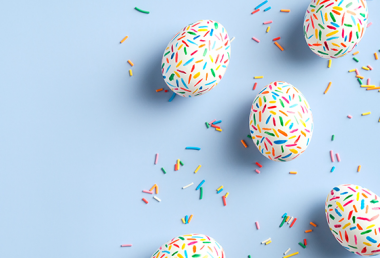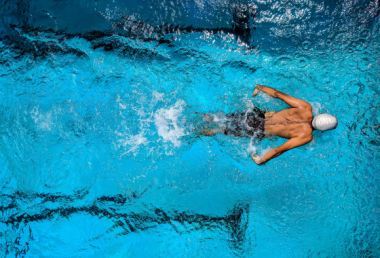 Pixomatic Team
Pixomatic Team
The winter’s come and brought us shorter and colder days. But are those the only “gifts” we get to receive from the wintertime? How about cute snowflakes, cozy scarfs, and the holidays? There are plenty of beautiful things about winter that are worth focusing on. So, if you’re of the same mind, give a read to our winter photography tips to make sure you capture the best of your winter wonderland.
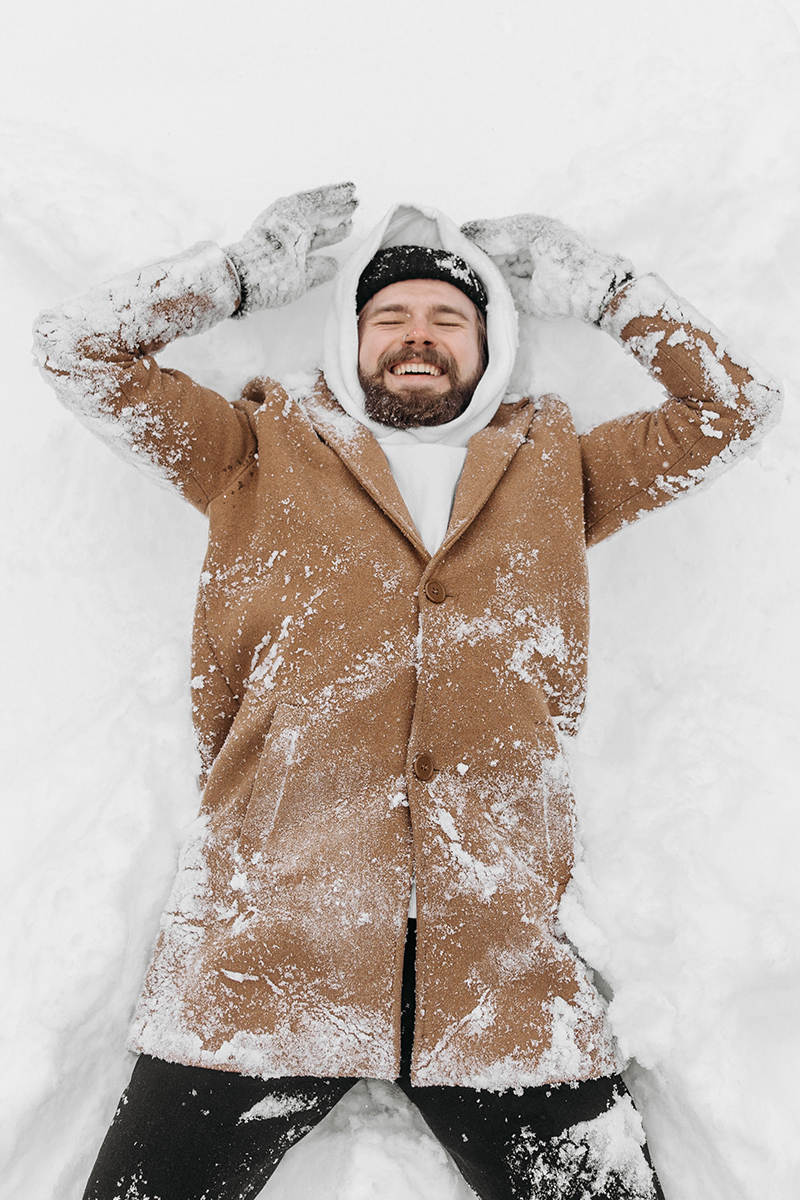
1. Fall on snowfall
No winter photography can do without capturing snowfall. No doubt, though, catching the movement of snowflakes without making your shot a blurry white canvas is a challenge. To get a sharp image, you may want to play with your camera’s manual settings. First, try slowing down the shutter speed to about 1/125-1/350 seconds to freeze the motion of the falling snowflakes. If you’re taking pictures in the evening, it might be a good idea to experiment with other settings, like ISO, to get more light into the camera.
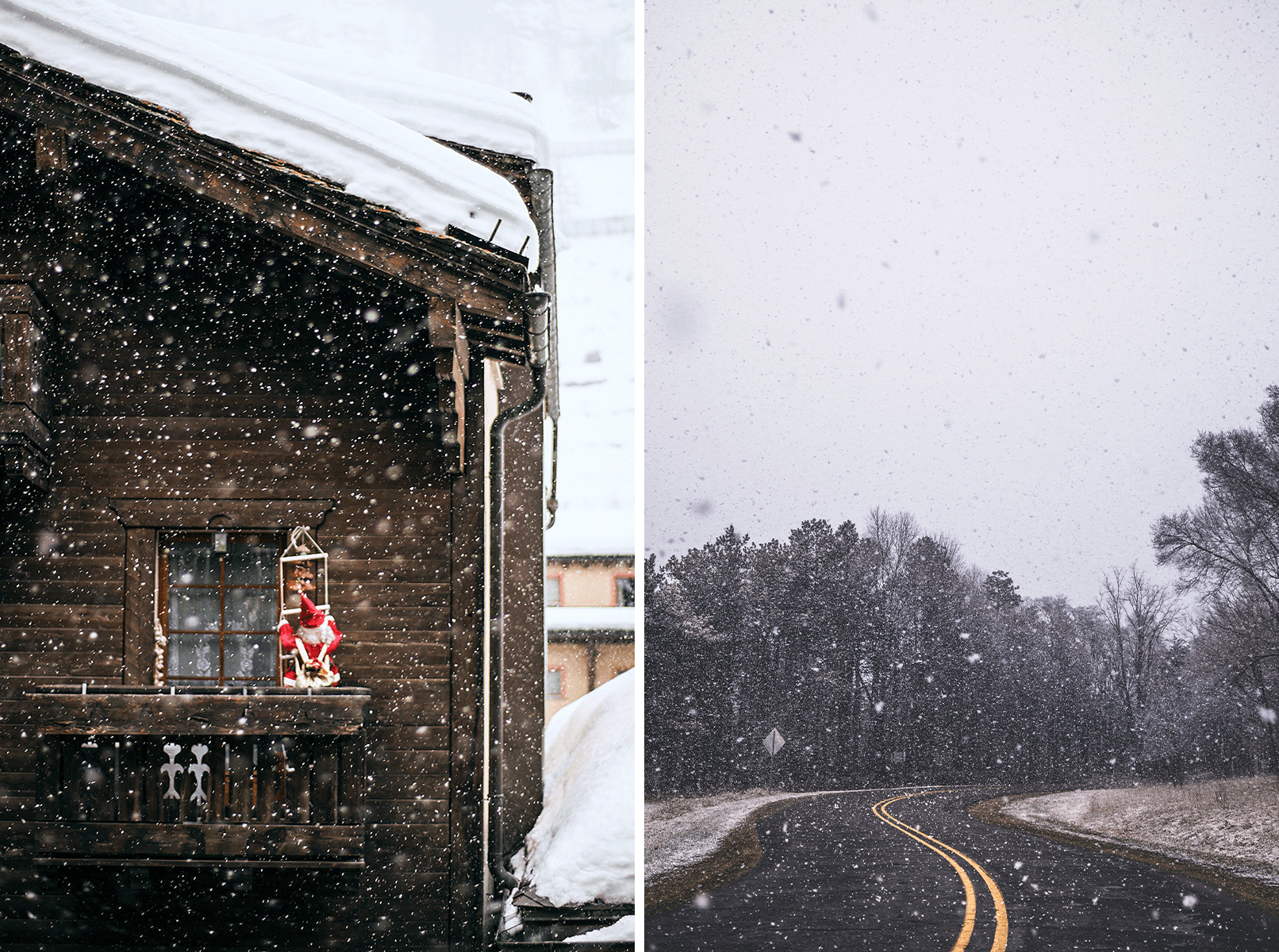
Also, you can use Pixomatic’s weather effects to add some snowflakes to your picture. This’ll let you have a wintry picture while you’re actually staying cozy at home. If it doesn’t snow in your region, our effects are here to help you, too.
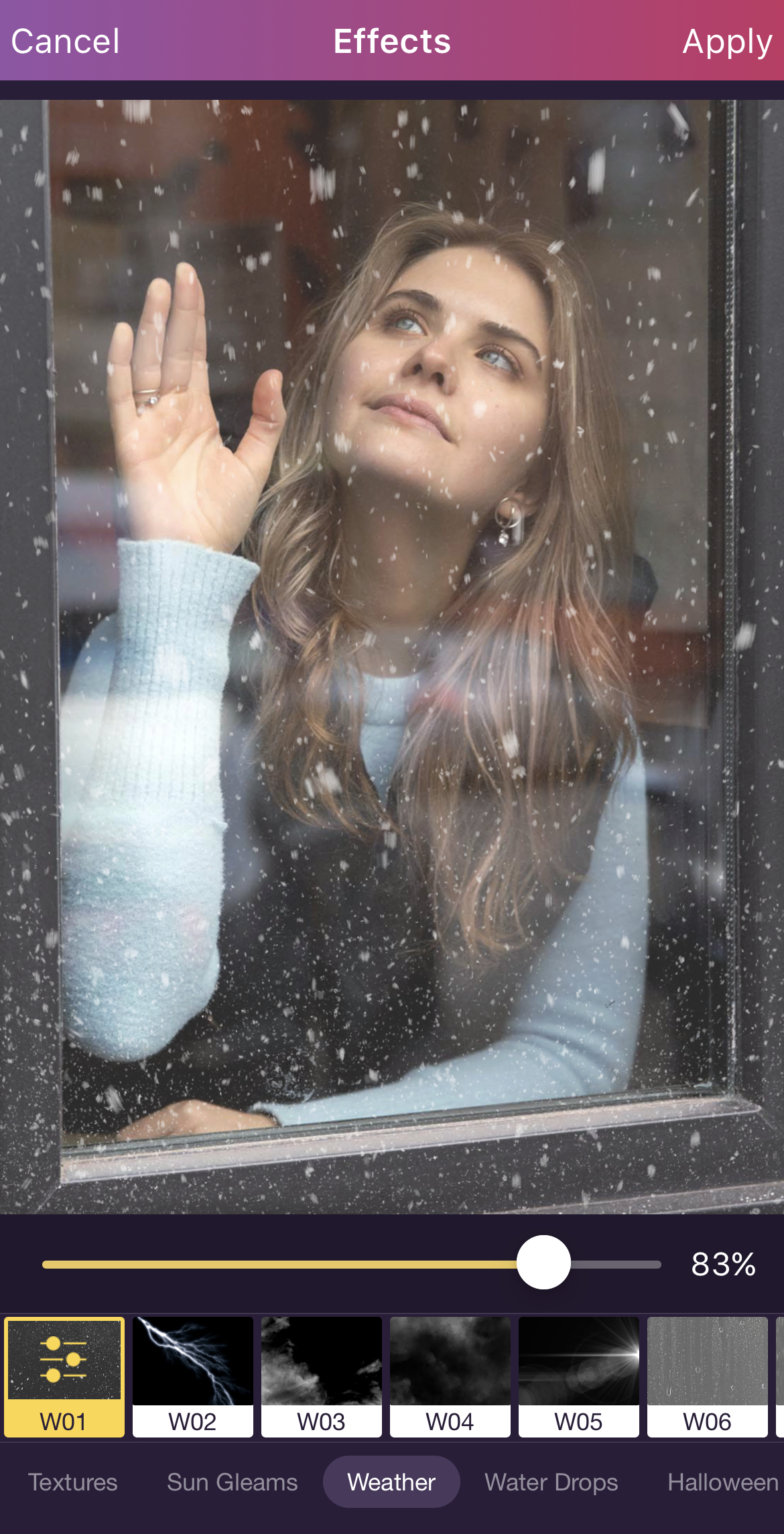
2. Adjust white balance
The magic of winter’s white color is quite the attention grabber, but snow photography can be rather tricky! So, what do you do if the snow in your photos has a blue or yellow tone? To get a perfectly white winter picture, you need to set the white balance correctly. Let’s get a little more specific.
Each picture can look warmer or cooler, depending on the type of light the camera gets (light from a candle will give you a yellow-ish picture, while a picture taken on a cloudy day will have a blue tint).
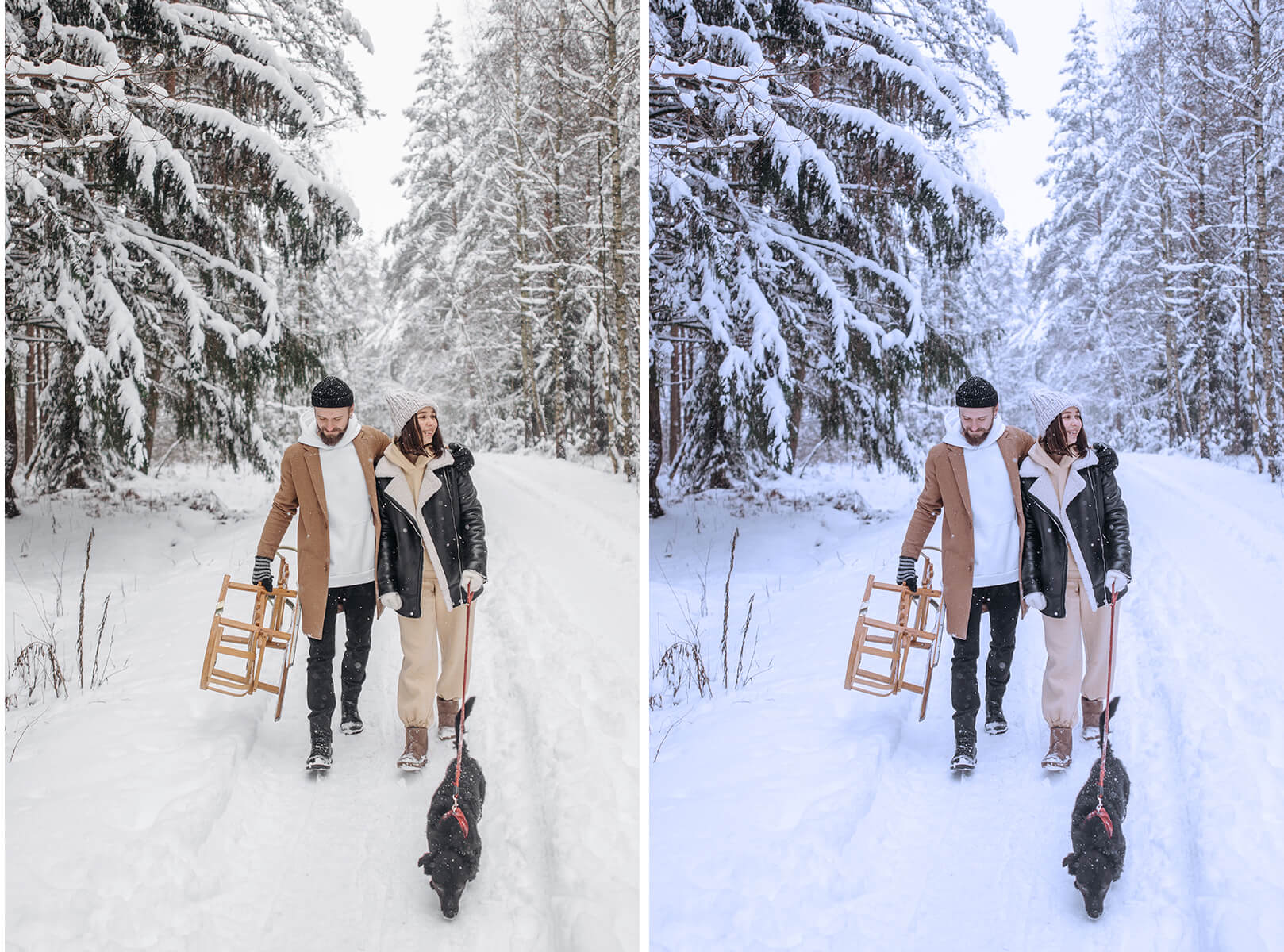
The coldness or warmth of light is the color temperature, which we measure in Kelvins. The higher the number of Kelvins, the colder the picture looks, and vice versa. To get the right color, you need to remove any unnecessary tint by adjusting the color temperature so that the tinted areas become white. For example, to make a blue winter picture look more natural, it’s necessary to give it a warmer tone: you can do this by adjusting the white balance in the camera’s manual mode or during post-processing.
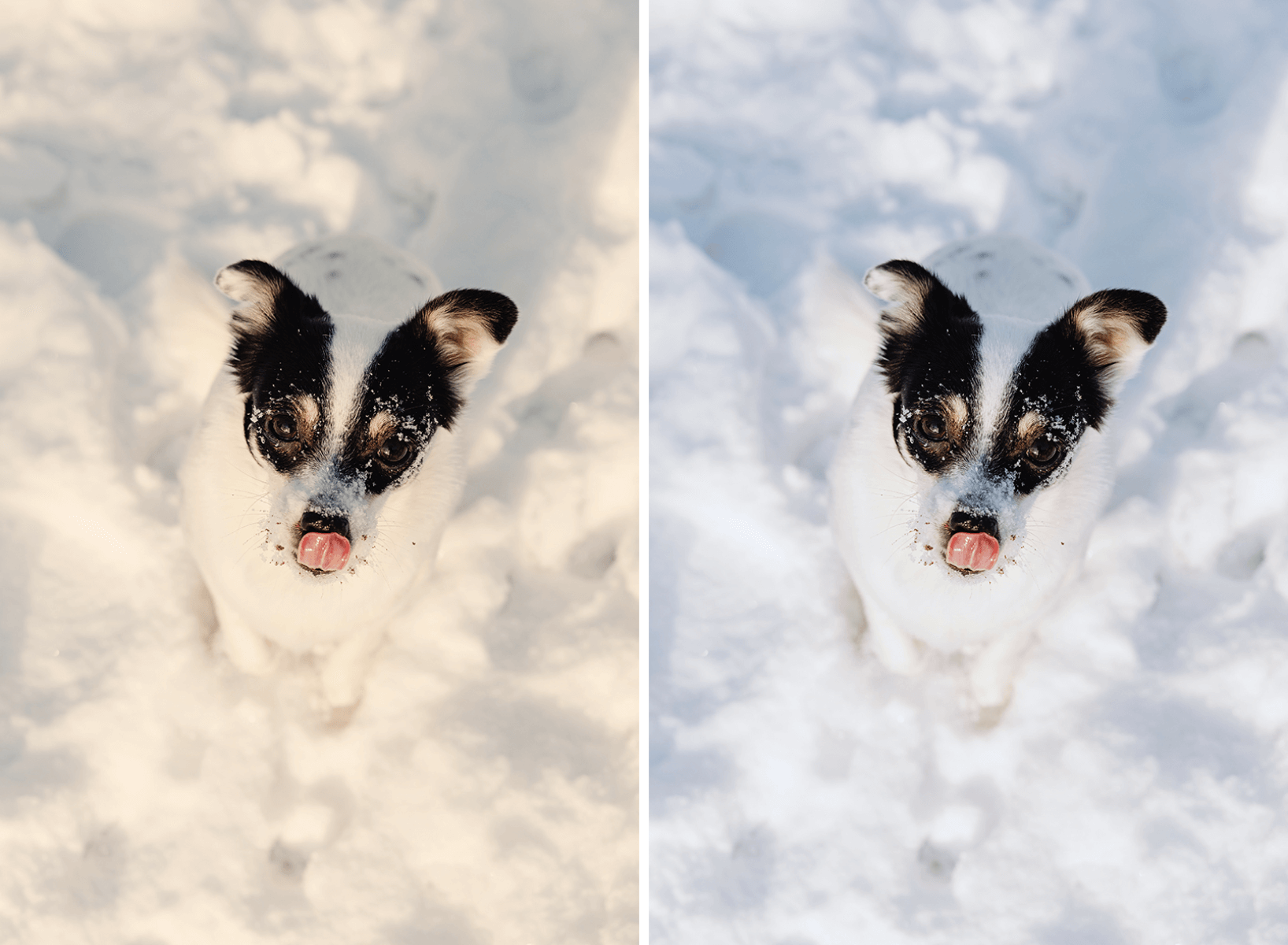
If you’re using your smartphone, the white balance adjusts to the surroundings automatically. But if your scene still doesn’t look white enough on the screen, try this trick: take a blank piece of paper and place it in front of the phone camera to adjust the white balance of the image.
3. Capture contrasts
Winter images are primarily white, And that’s not a bad thing, as long as a white picture conveys the right mood to its viewers. But sometimes, a little contrasting color can work in your favor by changing a monochromatic scene into a playful one. To make your picture special, add some bright elements to the wintery landscape. These can be things like colorful jackets, forest berries, or brick-red houses.
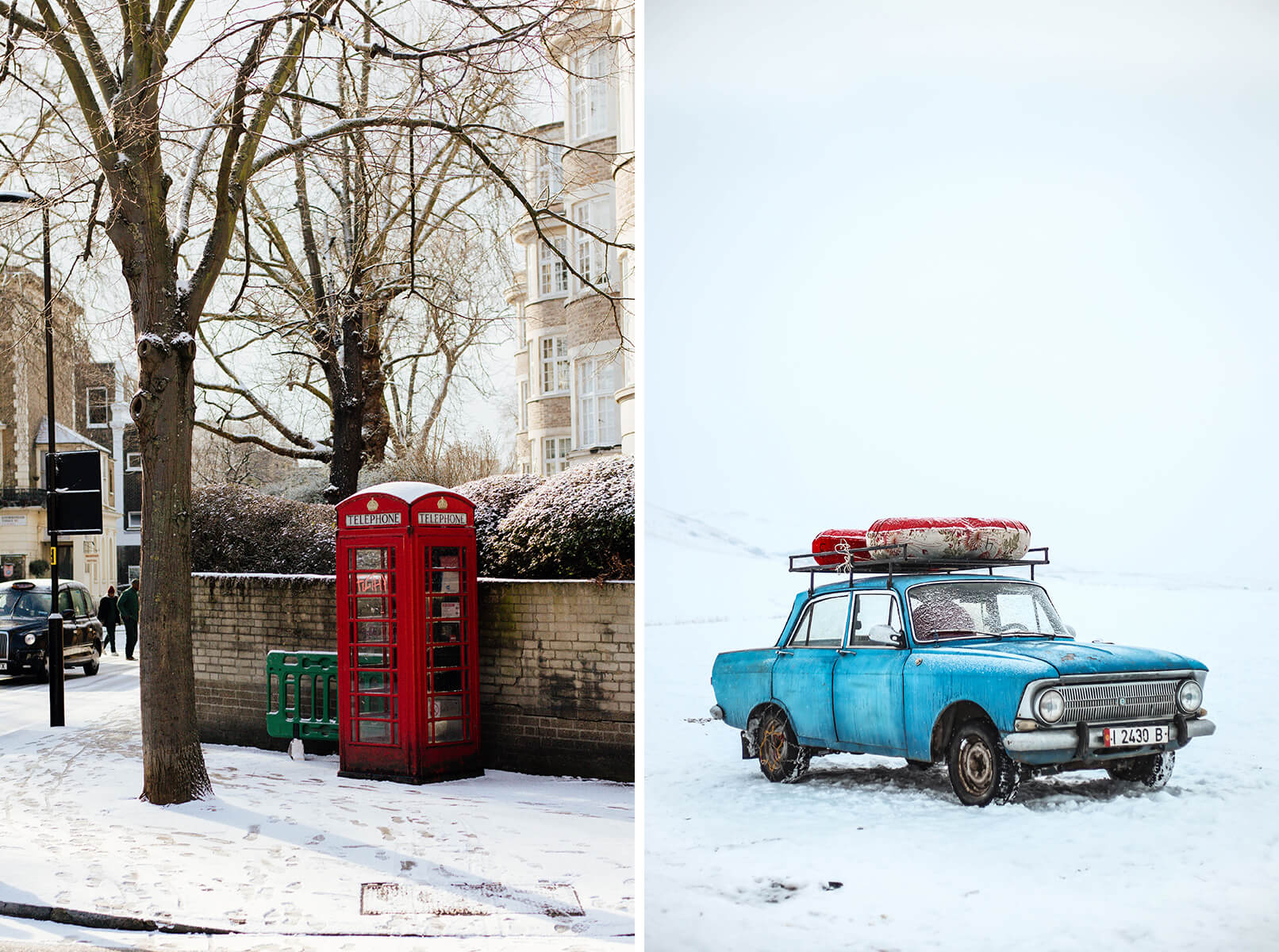
Contrast is not always about color. Winter is full of contrasts like indoor and outdoor temperatures. Sometimes you can feel those environmental contrasts through a photo. Use this time to experiment: try framing get-togethers in bars from the snowy street, or take a picture of the wintry-ness outside from inside the house, where everything is nice and warm. That way, you’ll get a winter collection that says it all.
4. Go Black & White
Believe it or not, winter is an awesome time to take black and white pictures — such dramatic landscapes! And since winter doesn’t give you many colors, experimenting with genres won’t hurt.
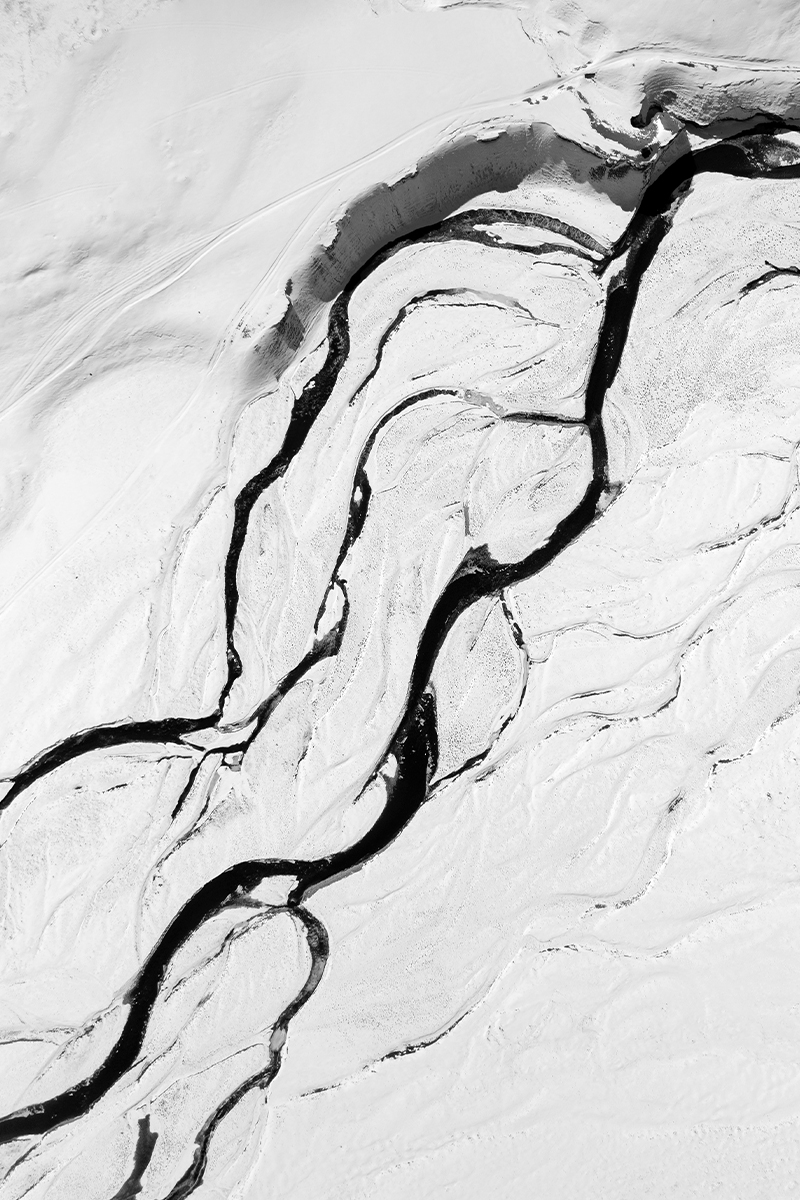
To take a breathtaking black and white photo, always remember that less can be more. A distinctive subject or shape will do the trick. For example, spreading branches of trees can create an inky, graphic effect in your photo. An image of a house in the distance or a single bench can carry a philosophic message. A car-less road can surely add an existential feel to your image, too.
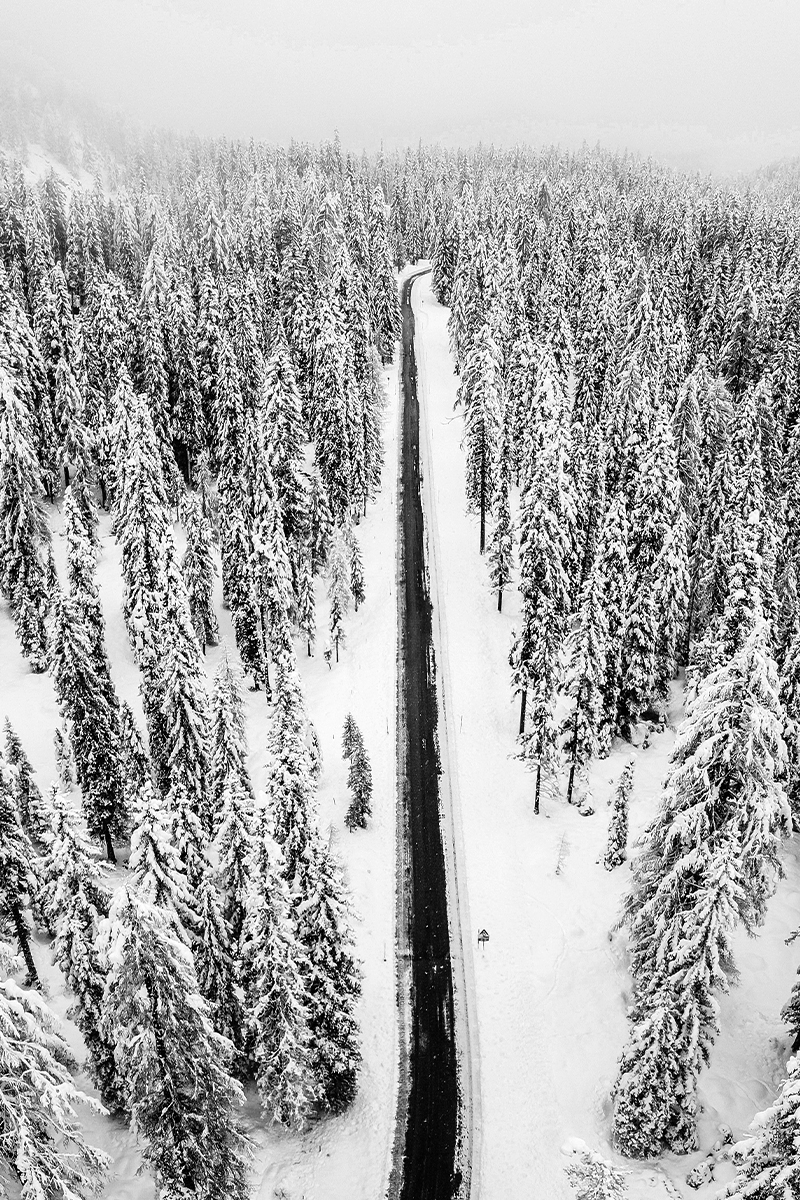
Another benefit of black and white photography in winter is that it solves the problem of too-little light. You won't have to worry about your picture being dark anymore, which is always a win.
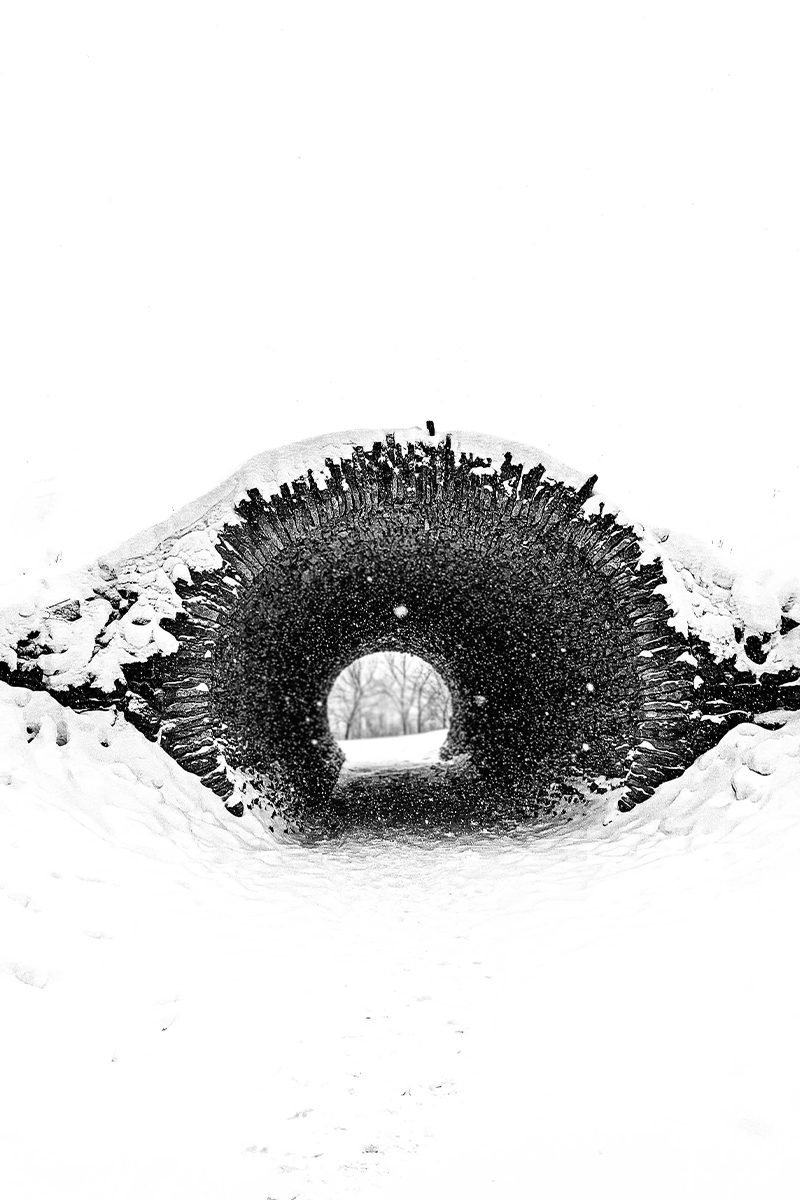
A little tip: To make a black and white picture deeper, add some contrast, and adjust brightness during the editing.
5. Show winter in details
People loooove details, especially because we rarely notice them in our fast-paced lives. But aren’t they worth capturing? Think of what winter is for you – snow-covered spruce branches, candles, frost on windows, snowmen in front of houses, people’s hands in mittens – and photograph those details to show winter’s atmosphere.
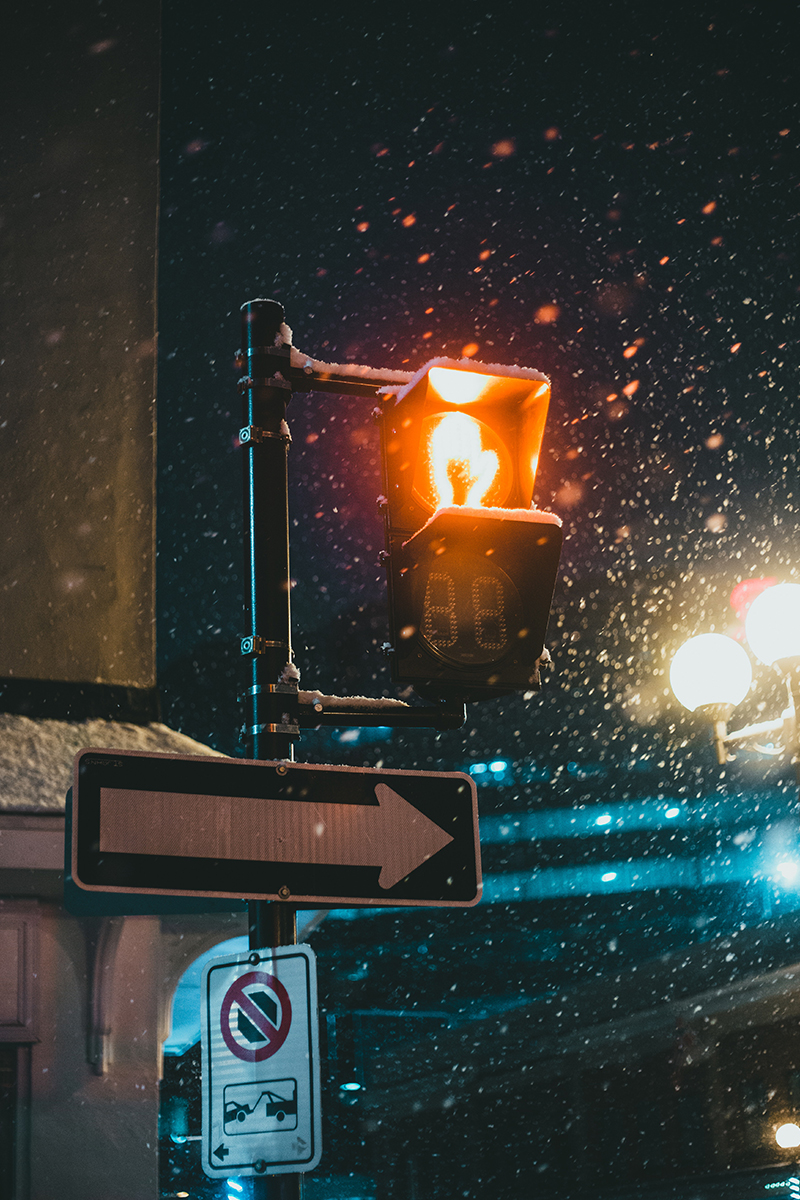
It seems like winter has a lot to offer for photographers in search of eye-catching pictures. So, we could enjoy it while it lasts!
Winter is a great teacher if you’re seeking better photography skills. Use this time to try different settings and genres. Make your winter photoshoot ideas happen, and they’ll show you the magic of the cold season.
Hope you’ll make the most of this beautiful time and come back for the edits!
Create now with the Pixomatic photo editor!

